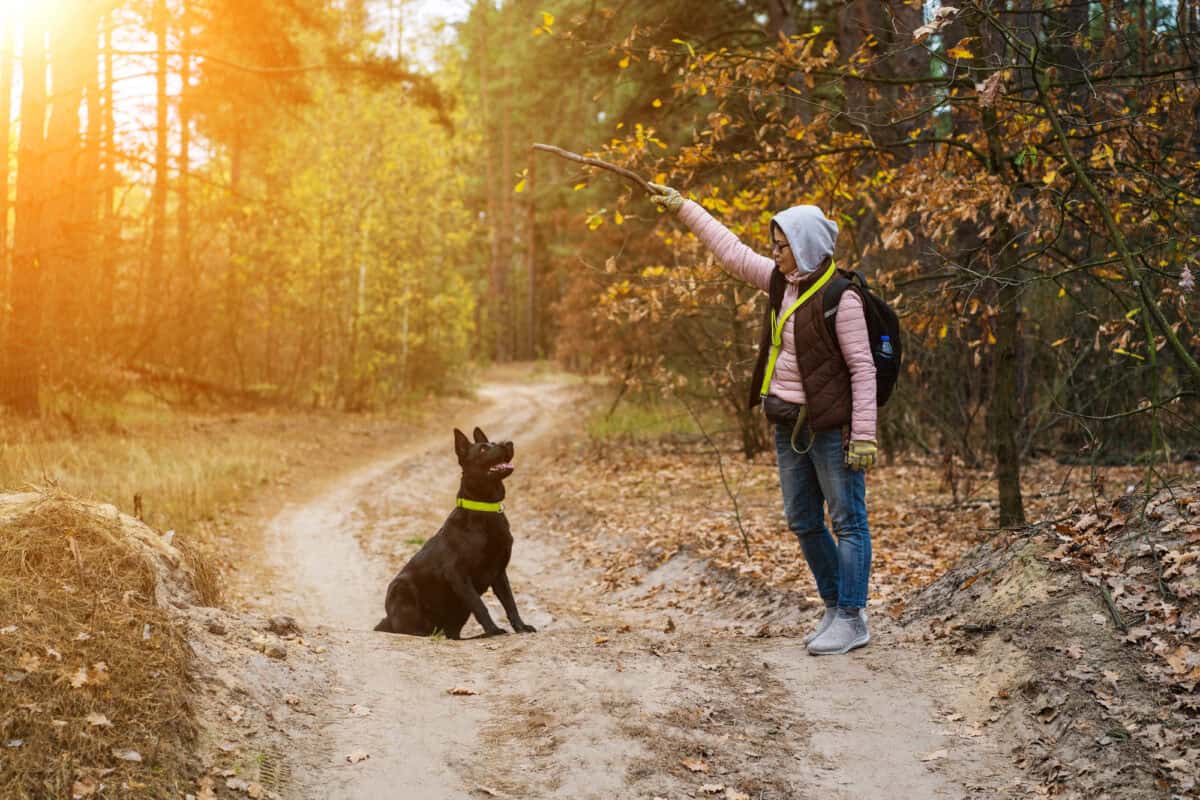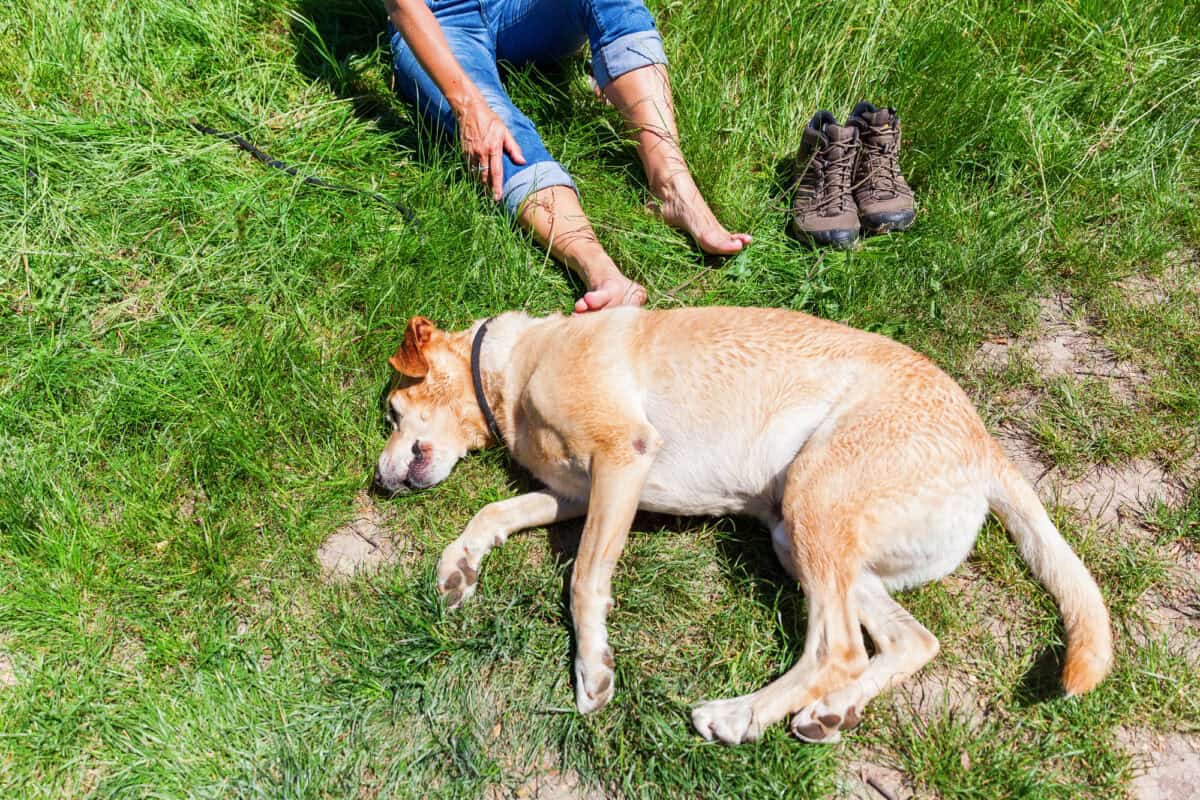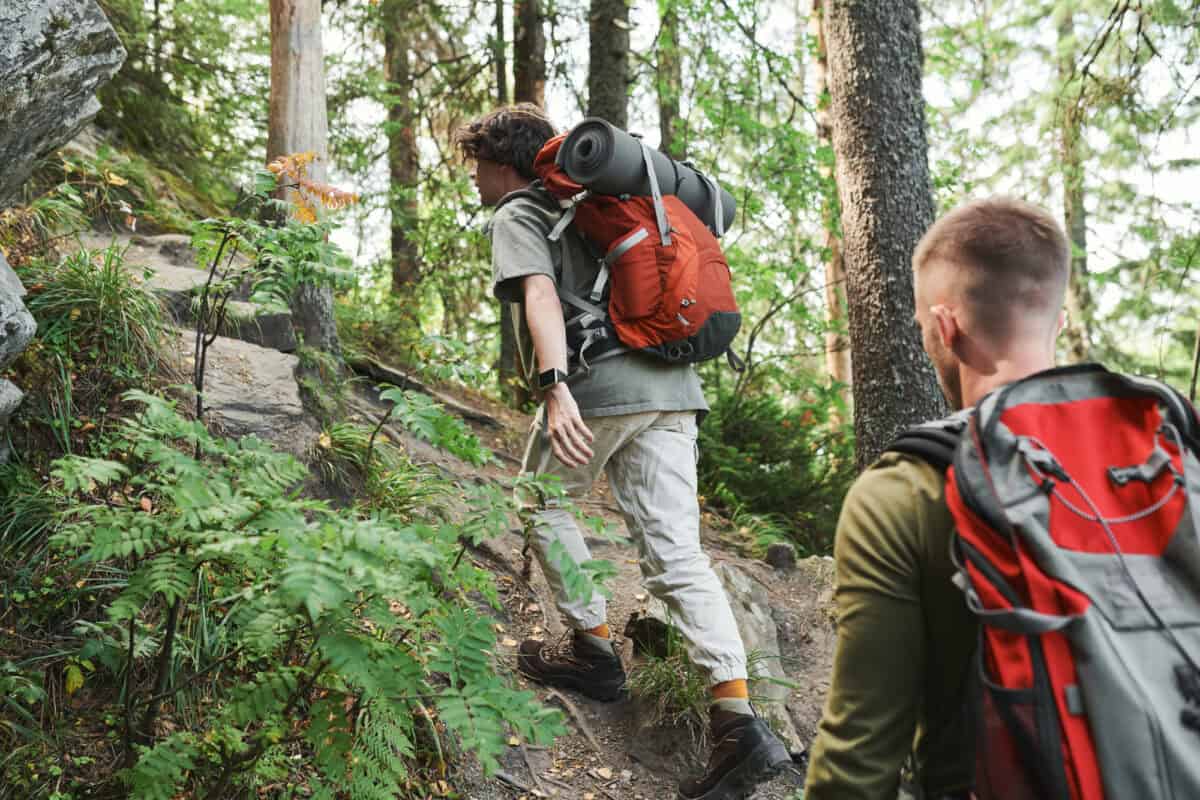Exploring the great outdoors with your furry companion can be one of the most rewarding experiences for both of you. However, hiking with pets requires special considerations to ensure their safety and well-being. This guide offers comprehensive advice, ensuring your hiking adventures remain fun and hazard-free for your beloved pet. Whether it’s your first time venturing into the wilderness with your pet or you’re a seasoned pro, our tips will equip you with the knowledge needed for a safe and enjoyable experience.
Choose Pet-Friendly Trails

Not all hiking trails are suitable for pets, so it’s essential to research and choose pet-friendly paths. Look for trails that allow animals and are designed to accommodate them with features like shade, water streams, and gentle terrain. Websites and apps like AllTrails can help you find locations that are not only scenic but also safe for pets.
Check Weather Conditions

Before heading out, always check the weather forecast. Extreme heat can lead to overheating and dehydration, while cold temperatures can be harmful as well. Plan your hike during cooler parts of the day, such as early morning or late afternoon, especially during warmer months. If the forecast predicts severe weather, it’s best to reschedule your hike.
Bring Sufficient Water

Hydration is key to keeping your pet healthy and energetic on a hike. Carry enough water for both you and your pet, and offer frequent water breaks. Portable water bowls or hydration packs designed for pets can be a handy tool to provide ease and comfort. Avoid allowing your pet to drink from streams or lakes, as they might contain harmful bacteria or parasites.
Use a Suitable Leash

A sturdy and comfortable leash is essential for controlling your pet’s movement and preventing unexpected encounters with wild animals. A leash that gives your pet some freedom while still giving you control, like a retractable or bungee leash, can make the hike more enjoyable for both of you. Ensure the collar or harness fits properly to avoid slipping.
Pack Essential Gear

In addition to water and a leash, bring a pet first-aid kit, which should include essentials like bandages, antiseptic wipes, and tweezers for removing ticks. Don’t forget waste bags to clean up after your pet and keep the trail clean. A small pack to carry these items ensures your hands are free for other tasks.
Check for Trail Hazards

Be aware of common outdoor hazards such as sharp rocks, thorny plants, or rough terrain that could injure your pet. Also, keep an eye out for wildlife that might pose a threat, such as snakes or larger predators. Staying aware of your surroundings will help prevent accidents before they happen.
Train Your Pet in Advance

Basic training commands like sit, stay, or come can prevent problems on the trail. Teaching your pet to respond to these cues ensures they behave appropriately and stay close even when excited or distracted. If your pet is new to hiking, start with shorter, less challenging trails to build stamina and confidence.
Monitor Your Pet’s Health

Keep a close eye on your pet’s behavior during your hike. Signs of fatigue, dehydration, or stress may include excessive panting, drooling, or lagging. If you notice any of these signs, take a break, offer water, and rest until your pet is ready to continue. Know your pet’s limits, and don’t push beyond them.
Protect Against Parasites

Hiking areas are often prime habitats for fleas, ticks, and other parasites. Protect your pet by applying preventive medications before your adventure. After the hike, thoroughly check your pet’s coat and skin for any unwelcome hitchhikers, paying special attention to areas like ears, neck, and paws.
Be Mindful of Local Wildlife

While encountering wildlife can be a thrilling aspect of hiking, it’s crucial to maintain a safe distance for the safety of both your pet and the animals. Keep your pet on a leash and avoid areas known for dense wildlife populations. Respecting wildlife habitats is vital for preserving the natural environment.
Understand Your Pet’s Needs

Different pets have varying needs and capabilities. Younger and smaller animals might tire more quickly, while older pets might require more frequent rest stops. Consider your pet’s age, breed, and health condition when planning your hike, and adjust your plans to accommodate their unique needs.
Ensure Identification is Up-to-Date

Before heading out, ensure your pet’s identification tags or microchip information are current. Carry a photo of your pet to help reunite you quickly in case they get lost. Safety-first procedures like these add an extra layer of security, providing peace of mind during your adventure.
Conclusion

Hiking with your pet can be a fantastic way to bond, enjoy nature, and stay active together. By preparing adequately and being mindful of the unique challenges outdoor environments pose, you can ensure memorable and safe hiking adventures. With the right precautions, your furry friend will not only enjoy the trail but also thrive in the outdoor environment.
- How to Keep Your Pets Safe While Hiking - August 14, 2025
- States With the Highest Chance of Seeing a Wild Bear - August 14, 2025
- 13 Species That Are Winning the Evolution Game - August 14, 2025

